Reusable booster "Corona"
Space launches today
Nowadays, we can safely say that at some point Roskosmos missed the topic of reusable rockets, having in its hands developments and projects that were ahead of other countries by several years. All projects of Russian reusable rockets were never completed, not implemented in the metal. For example, the reusable single-stage corona carrier rocket developed from 1992 to 2012 was never brought to its logical conclusion. The result of this miscalculation in the development we are seeing today. Russia seriously lost ground in the market of commercial space launches with the advent of the American Falcon 9 rocket and its varieties, and also seriously inferior to the number of space launches completed in the year. Following the results of 2018, Roskosmos reported on 20 space launches (one unsuccessful), while in April 2018, in an interview with TASS, the head of Roscosmos Igor Komarov told us that 30 space launches are scheduled to be completed by the end of the year. The leader of last year was China, which carried out 39 space launches (one unsuccessful), followed by the United States with the 31 space launch (no unsuccessful ones).
Speaking about modern space flights, it is necessary to understand that in the total price of launching a modern launch vehicle (PH), the main item of expenditure is the rocket itself. Its hull, fuel tanks, engines - all this flies away forever, burns in dense layers of the atmosphere, it is clear that such irretrievable waste makes any launch of the launch vehicle into a very expensive pleasure. Not the maintenance of space centers, not fuel, not installation work before launch, but the price of the launch vehicle itself is the main expense item. A very sophisticated technological product of engineering thought is used in minutes, after which it is completely destroyed. Naturally, this is true for disposable missiles. The idea of using returning rocket begs here by itself, as a real chance to reduce the cost of each space launch. In this case, even the return of only the first stage makes the cost of each run lower.
It was a similar scheme that was realized by the American billionaire Ilon Musk, making the return of the first stage of a heavy Falcon 9 booster. While the first stage of these missiles is partially returned, some landing attempts end in failure, but the number of unsuccessful landings dropped to almost zero in 2017 and 2018. For example, last year at the 10 successful first-touchdowns there was only one setback. In this new year, the company SpaceX also opened the successful landing of the first stage. 11 January 2019, the first stage of the Falcon 9 rocket successfully landed on a floating platform, moreover, it was reused, and earlier it also launched the Telestar 18V communication satellite in September 2018. At present, such returnable first steps are an accomplished fact. But when representatives of the American private space company only talked about their project, many experts doubted the possibility of its successful implementation.
In today's reality, the first stage of the heavy-duty Falcon 9 rocket in some launches can be used in the return version. Taking the second stage of the rocket to a sufficient height, it is separated from it at a height of the order of 70 kilometers, undocking occurs approximately 2,5 minutes after the launch of the carrier rocket (time depends on the specific launch tasks). After separation from the PH, the first stage, using the established orientation system, performs a small maneuver, moving away from the flames of the second stage operating engines, and turns the engines forward in preparation for the three basic braking maneuvers. When landing for braking the first stage uses its own engines. It is worth noting that the return stage imposes its limitations on the launch. For example, the maximum payload of the Falcon 9 rocket is reduced by 30-40 percent. This is due to the need to reserve fuel for braking and subsequent landing, as well as an additional mass of installed landing equipment (grid steering wheels, landing supports, elements of the control system, etc.).
The successes of the Americans and the large series of successful launches did not go unnoticed in the world, which provoked a series of statements about the start of projects using partial reusable rockets, including returning side accelerators and the first stage back to Earth. Representatives of "Roskosmos" also spoke on this matter. The Company started talking about the resumption of work on the creation of reusable rockets in Russia at the beginning of 2017.

Reusable rocket "Crown" and earlier projects
It is worth noting that the idea of reusable missiles was engaged in the Soviet Union. After the collapse of the country, this topic has not disappeared, work in this direction continued. They began much earlier than Ilon Musk spoke about it. For example, the units of the first stage of the super-heavy Soviet “Energy” rocket should have been returned, it was necessary for economic reasons and to realize the service life of the RD-170 engines designed for at least 10 flights.
Less well-known is the Rossiyanka launch vehicle project, which was developed by specialists of the Academician V. P. Makeev State Rocket Center. This enterprise is mainly known for its military developments. For example, it was here that the majority of domestic ballistic missiles designed to arm submarines, including those currently armed with submarines, were created fleet Russian ballistic missiles R-29RMU "Sineva".
According to the draft, Rossiyanka was a two-stage launch vehicle, the first stage of which was reusable. Essentially the same idea as SpaceX engineers, but several years earlier. The rocket was supposed to bring tons of cargo into a low reference orbit of 21,5 — close to the Falcon 9 rocket. The return of the first stage should have taken place along a ballistic trajectory due to the re-activation of the standard stage engines. If necessary, the capacity of the rocket could be brought to 35 tons. December 12 The Makeev State Research Center presented its new rocket at the Roscosmos competition for developing reusable launch vehicles, but the order to create such devices went to competitors of the Khrunichev State Research and Production Space Center with the Baikal-Angara project. Most likely, the specialists of the SRC Makeyev would have enough competence to implement their project, but without sufficient attention and funding this was impossible.
The project "Baikal-Angara" was even more ambitious, it was an aircraft version of the return to Earth of the first stage. It was planned that after reaching the set height of the compartment, a special wing would open at the first stage and then it would fly along an airplane with a landing at a conventional airfield with landing gear. However, such a system in itself is not only very complicated, but also expensive. Her undeniable merits could be attributed to the fact that she could return from a greater distance. Unfortunately, the project was never implemented, it is sometimes remembered, but no more.
Now the world is already thinking about fully returned launch vehicles. Ilon Mask announced the project Big Falcon Rocket. Such a rocket should receive a two-stage architecture, uncharacteristic of modern astronautics, its second stage is integral with the spacecraft, which can be both cargo and passenger. It is planned that the first stage of the Superheavy will return back to Earth, performing a vertical landing on the cosmodrome through the use of its engines, this technology has already been well developed by SpaceX engineers. The second stage of the rocket together with the spacecraft (in fact, this is a spacecraft of different purposes), which was called Starship, will go into Earth orbit. At the second stage, there will also be enough fuel left to perform braking in dense layers of the atmosphere after landing the space mission and land on a sea platform.
It should be noted that in a similar idea, SpaceX also does not have a palm. In Russia, the reusable launch vehicle project has been developed since the 1990-s. And again, they worked on the project at the State Rocket Center named after academician V.P. Makeev. The project of a reusable Russian rocket has the beautiful name "Crown". Roscosmos recalled this project in 2017, followed by various comments about the resumption of this project. For example, in January, 2018 appeared in Rossiyskaya Gazeta. news that Russia has resumed work on a reusable space rocket. It was just about the rocket carrier "Crown".
Unlike the American Falcon-9 rocket, the Russian Corona does not have detachable stages, in fact, it is a single spacecraft of soft takeoff and landing. According to Vladimir Degtyar, General Designer of the Makeyev Center, this project should open the way to the implementation of long-range interplanetary manned flights. It is planned that the main structural material of the new Russian rocket will be carbon fiber. At the same time, the “Crown” is intended for launching spacecraft into low near-earth orbits with a height from 200 to 500 kilometers. The launch weight of the PH is about 300 tons. Output payload mass from 7 to 12 tons. The take-off and landing of the Crown should be carried out using simplified launch facilities, in addition to this, the option of launching a reusable rocket from offshore platforms is being worked out. For takeoff and landing, the new PH will be able to use the same platform. The preparation of the rocket for the next launch is only about a day.
It should be noted that carbon fiber materials needed to create single-stage and reusable rockets have been used in aerospace engineering since the 90-s of the last century. Since the beginning of the 1990-ies, the Crown project has come a long way of development and has evolved significantly, is it necessary to say that initially it was about a one-time rocket. In the process of evolution, the design of the future rocket became both simpler and more perfect. Gradually, the developers of the rocket abandoned the use of wings and external fuel tanks, having come to understand that the main material of the reusable rocket body will be carbon fiber.
In the latest to date version of the reusable rocket "Crown", its mass is close to the mark in 280-290 tons. Such a large single-stage launch vehicle requires a highly efficient liquid-propellant rocket engine that would operate on hydrogen and oxygen. Unlike rocket engines, which are placed on separate stages, such a rocket engine must operate effectively in different conditions and at different altitudes, including takeoff and flight outside the Earth’s atmosphere. “An ordinary LRE with Laval nozzles is effective only at certain ranges of heights,” say the Makeevsky constructors, “for this reason we came to the need to use a wedge-air liquid engine”. The gas jet in such rocket engines itself adapts itself to the pressure “overboard”, moreover, they retain their effectiveness both at the Earth’s surface and high enough in the stratosphere.
However, so far in the world there simply does not exist a working engine of this type, although they were actively developed in the USSR and the USA. Experts believe that the Korona reusable launch vehicle should be equipped with a modular engine version, in which a wedge-air nozzle is the only element that currently does not have a prototype and has not been tested in practice. At the same time, Russia has its own technologists in the production of modern composite materials and parts from them. Their development and application are quite successfully engaged, for example, in JSC "Composite" and the All-Russian Institute aviation materials (VIAM).
For a safe flight in the atmosphere of the Earth, the Corona carbon fiber power structure will be protected by heat protection tiles, which had previously been developed at VIAM for the Buran spacecraft and has since undergone a significant development path. "The main thermal load on the Crown will be concentrated on its nose, where high-temperature thermal protection elements are applied," the designers note. - At the same time, the expanding sides of the launch vehicle have a larger diameter and are located at an acute angle to the air flow. The temperature load on these elements is less, and this, in turn, allows us to use lighter materials. The result is a saving in the order of 1,5 tons of weight. The mass of the high-temperature part of the rocket does not exceed the 6 of the Corona in percent of the total mass of thermal protection. For comparison, in the space shuttles "Shuttle" it accounted for more than 20 percent. "
The elegant cone-shaped form of a reusable rocket was the result of a huge amount of trial and error. According to the developers, working on the project, they considered and evaluated hundreds of different options. “We decided to completely abandon the wings, like the Space Shuttle or on the Buran ship,” the developers say. - By and large, when in the upper layers of the atmosphere, spacecraft wings only interfere. Such spaceships do not enter the atmosphere at a hypersonic speed better than the “iron”, and only at supersonic speed do they go on to horizontal flight, after which they can fully rely on the aerodynamics of the wings. ”
The conical axisymmetric shape of the rocket allows not only to facilitate heat protection, but also to provide it with good aerodynamic qualities when driving at high flight speeds. Already being in the upper layers of the atmosphere, the "Crown" receives a lifting force that allows the rocket not only to slow down, but also to perform maneuvers. This allows the RN to maneuver at high altitude when flying to the landing site, in the future it remains only to complete the braking process, adjust its course, turn stern down using small shunting engines, and land on the Earth.
The problem of the project is that Corona is still being developed in the conditions of insufficient funding or its complete absence. At the present time, only a draft project on this topic has been completed at the Makeev State Research Center. According to the data sounded during the XLII Academic readings in astronautics in 2018, feasibility studies were carried out and an effective rocket development schedule was drawn up for the Corona launch project. The necessary conditions for the creation of a new launch vehicle were investigated and the perspectives and results of both the development process and the future operation of the new rocket were analyzed.
After a surge in news about the Crown project in 2017 and 2018, silence reappears ... The perspectives of the project and its implementation are still unclear. Meanwhile, SpaceX is already preparing to present a test sample of its new Big Falcon Rocket (BFR) in the summer of 2019. From the creation of a test sample to a full-fledged rocket, which will confirm its reliability and performance, it may take many more years, but for now we can say: Ilon Mask and his company are doing things that you can see and touch with your hands. At the same time, according to Prime Minister Dmitry Medvedev, Roskosmos should be finished with a project and talk about where we will fly in the future. Need to talk less and do more.
Information sources:
https://iz.ru
https://www.popmech.ru
http://www.spacephys.ru
https://vpk.name
https://rg.ru
Open source materials
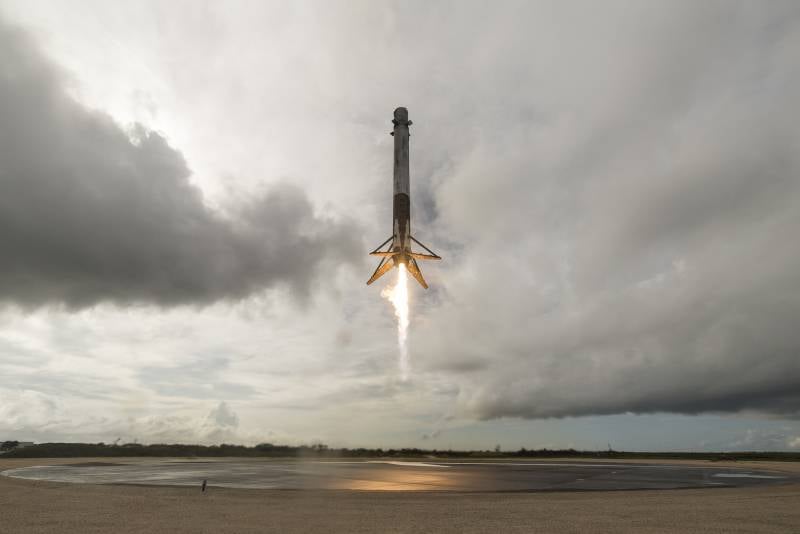
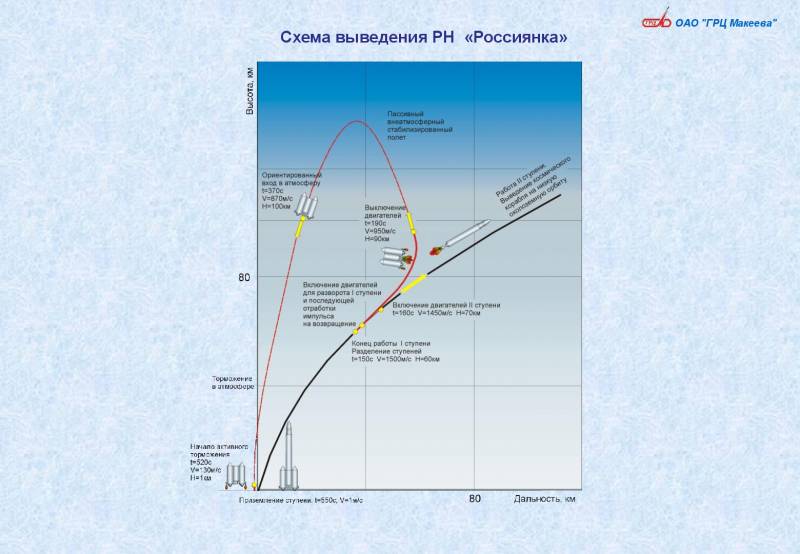
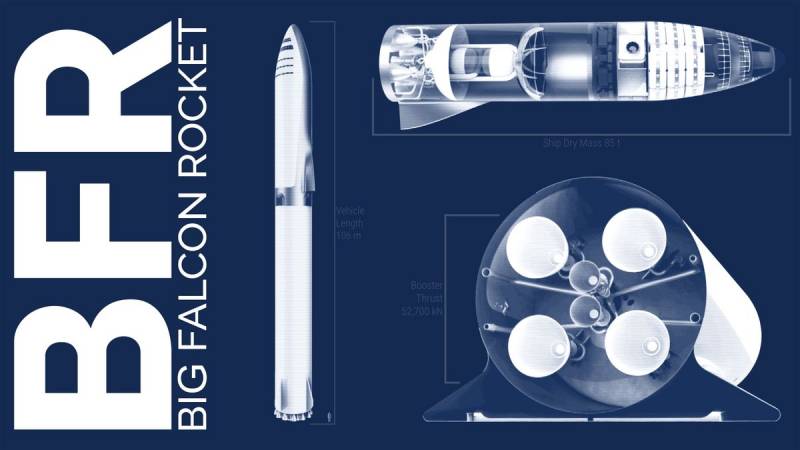
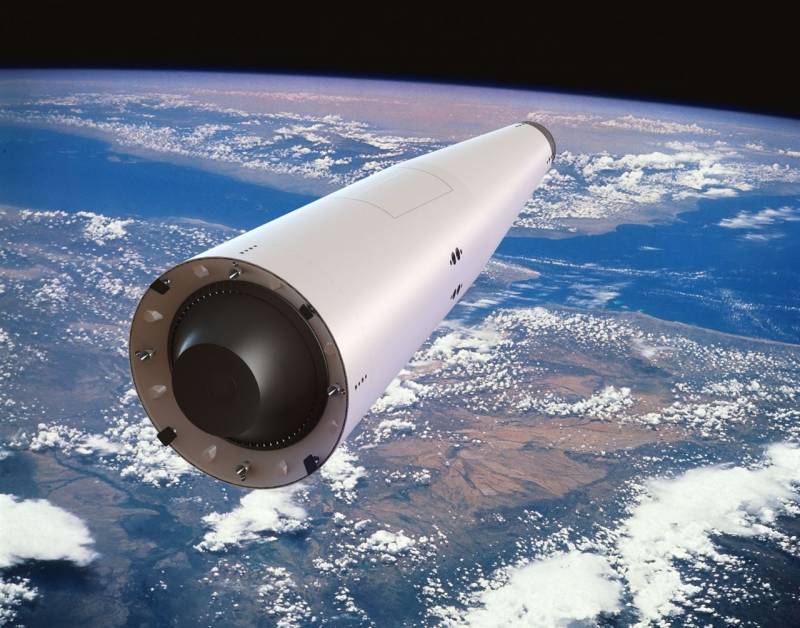
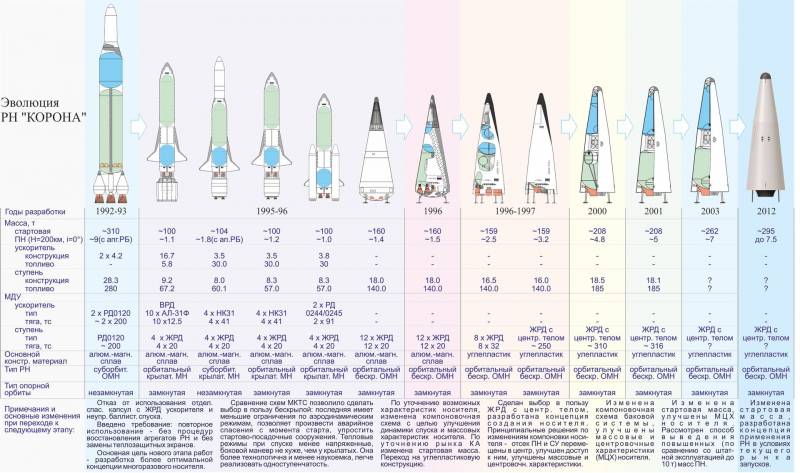
Information